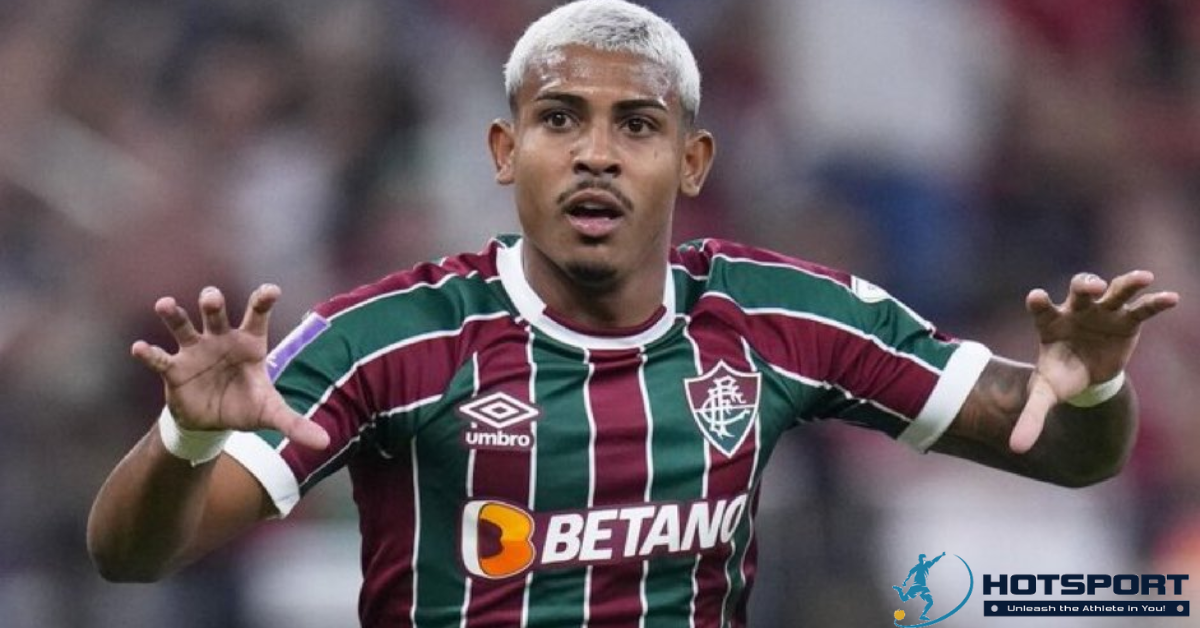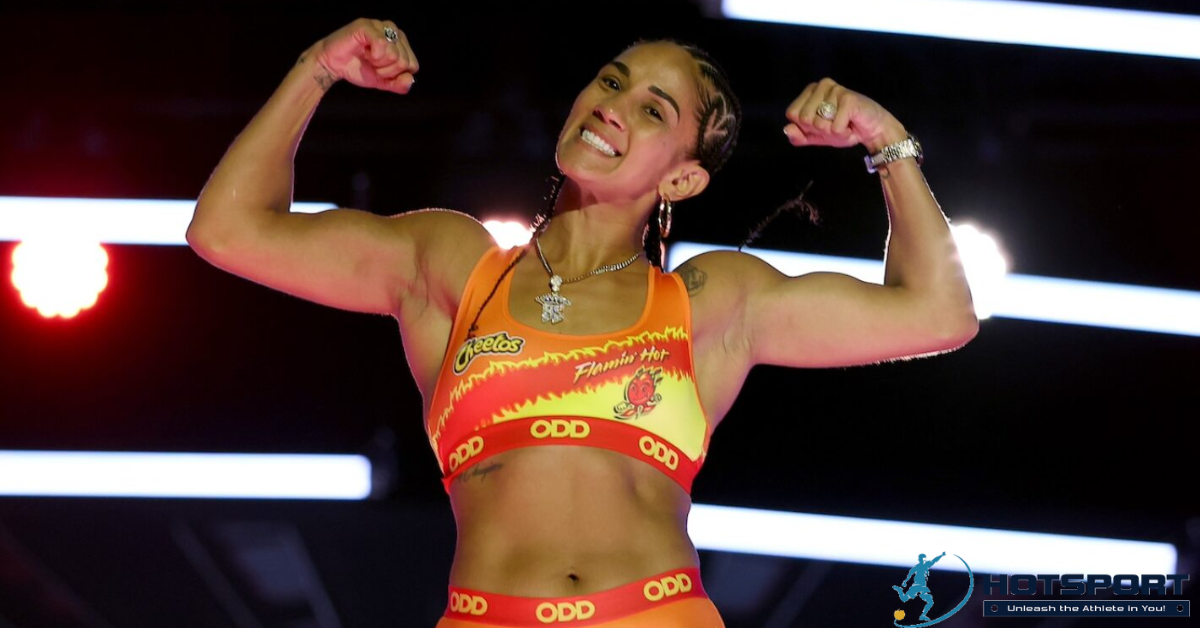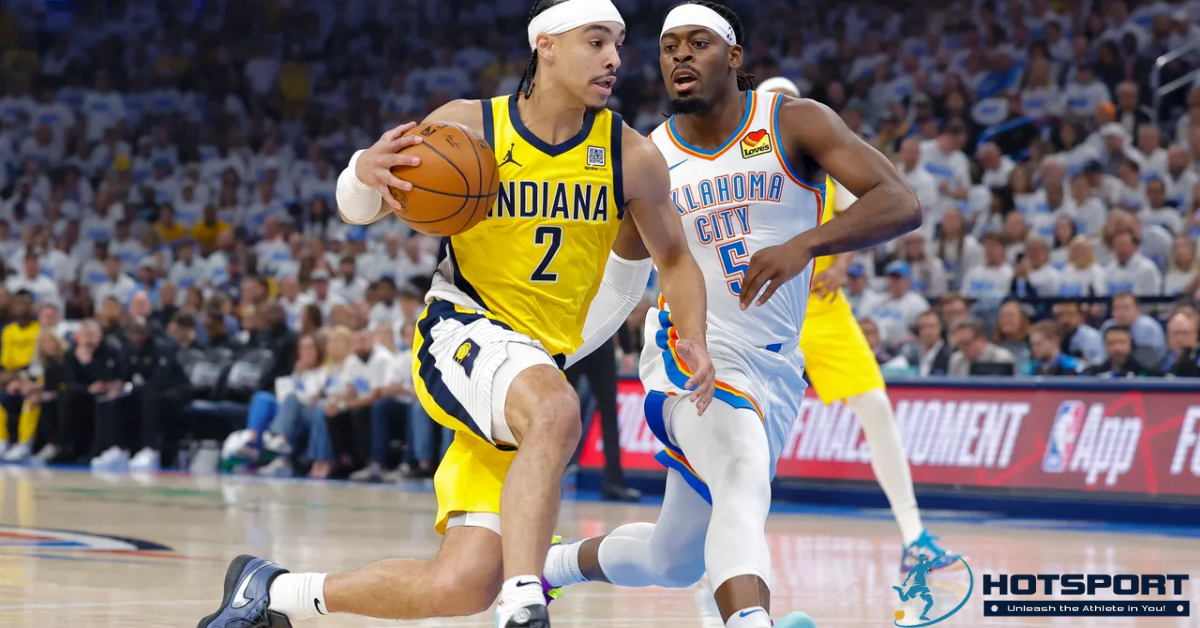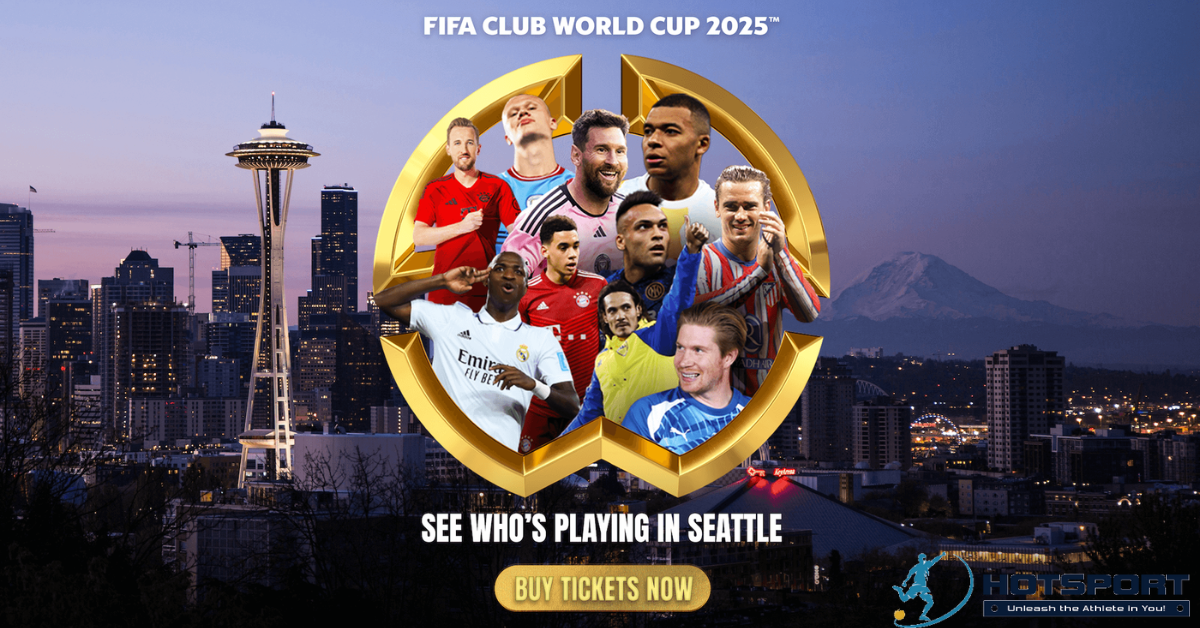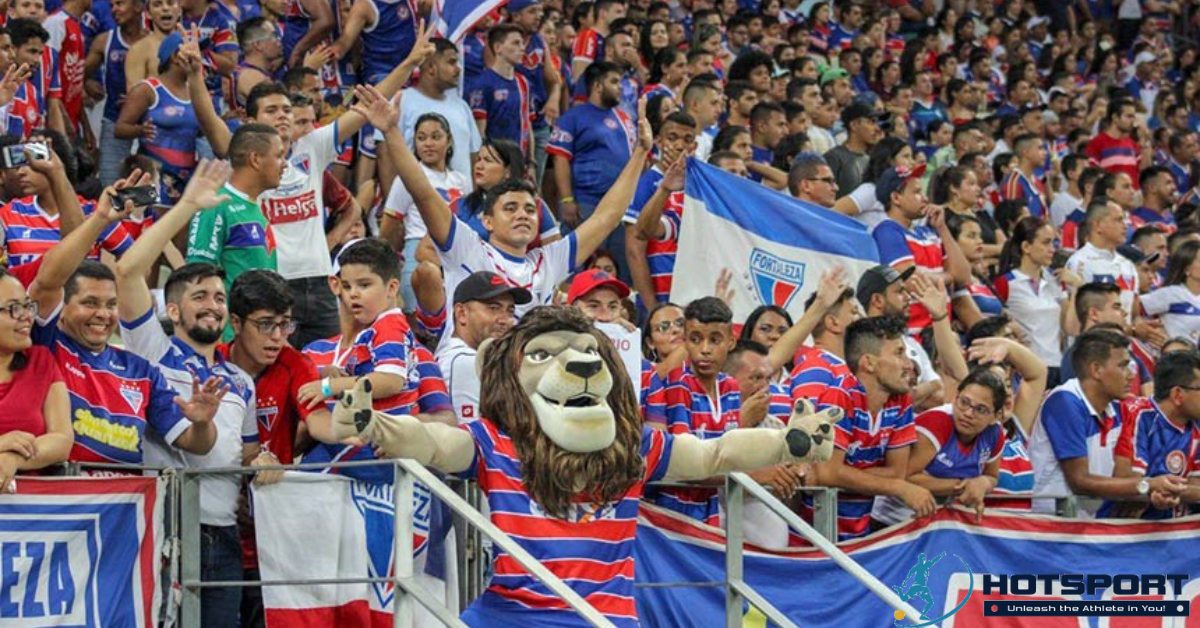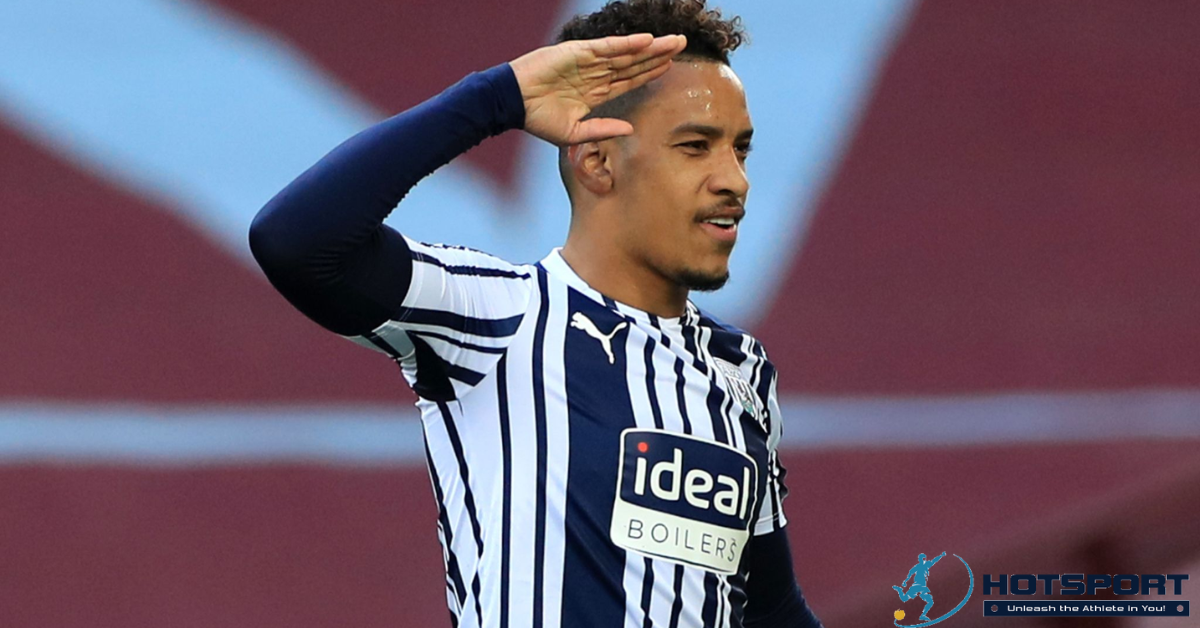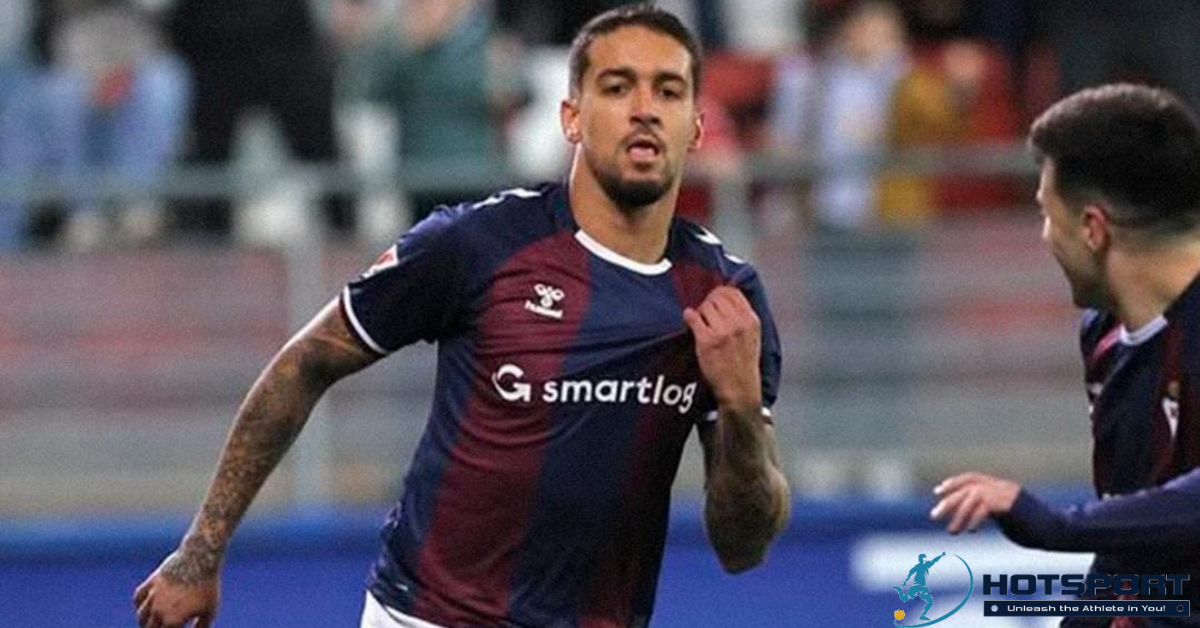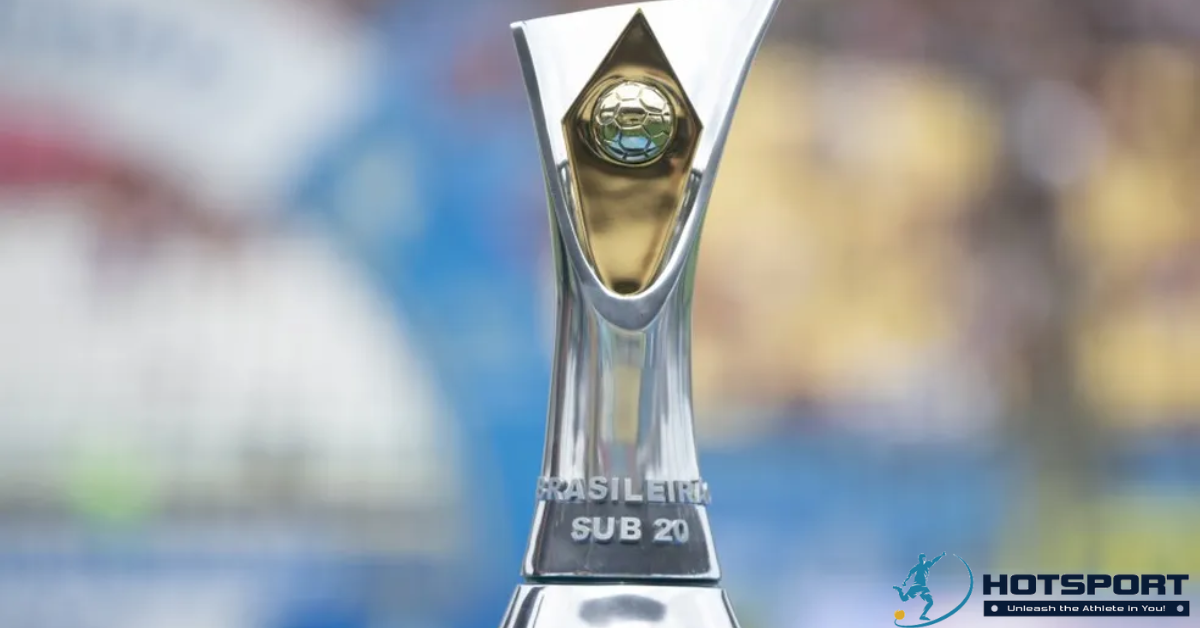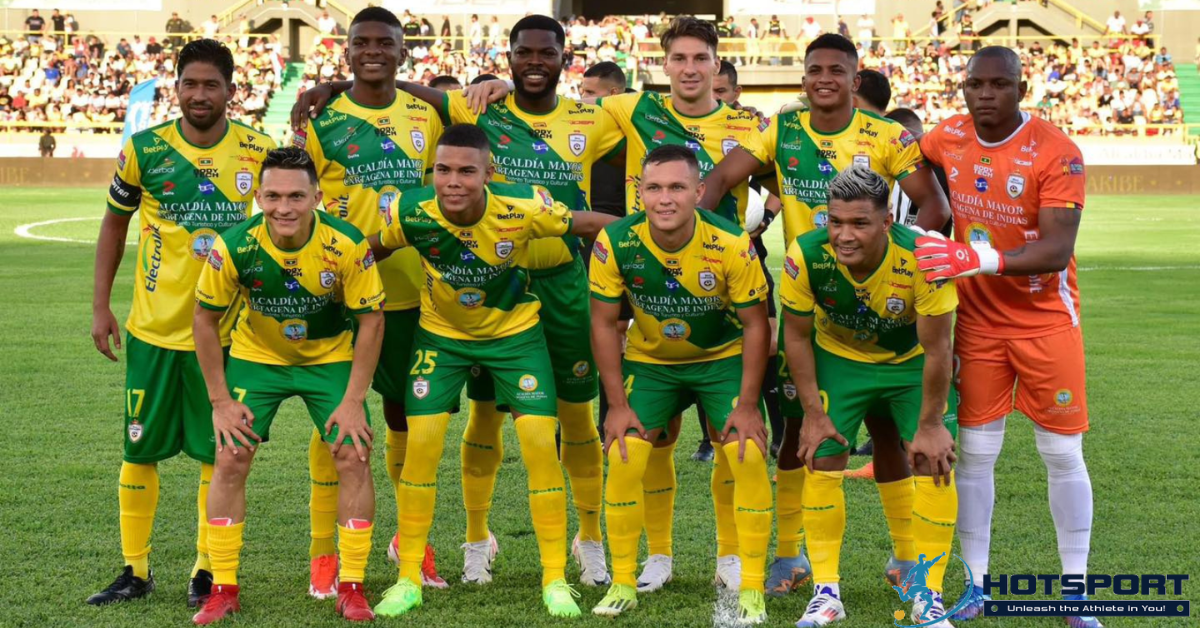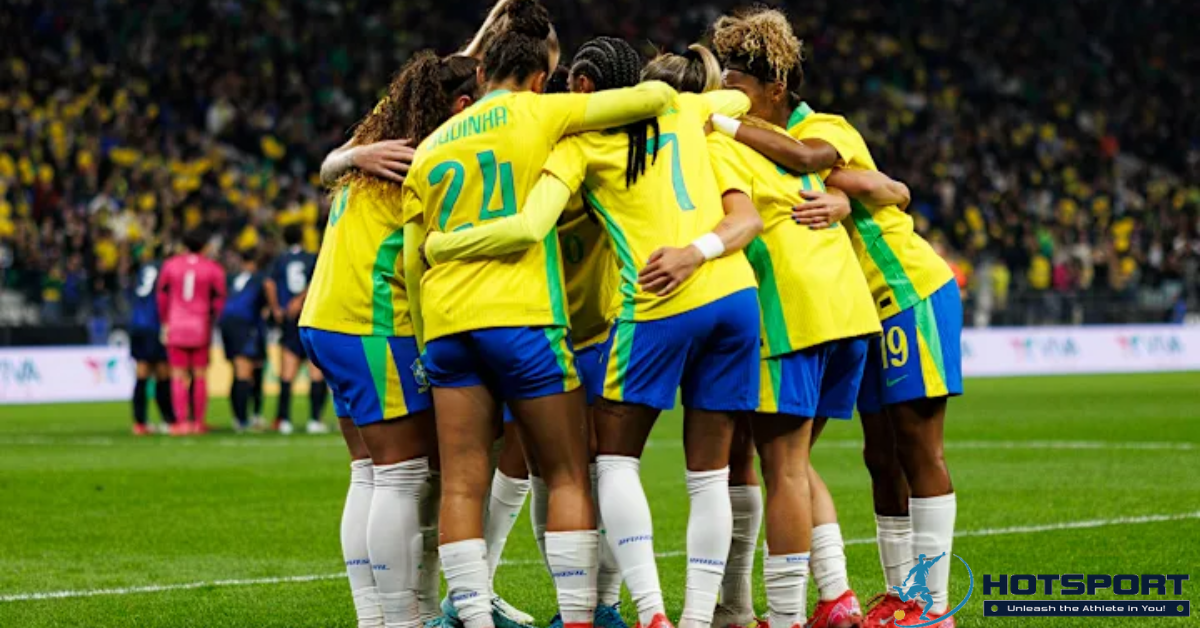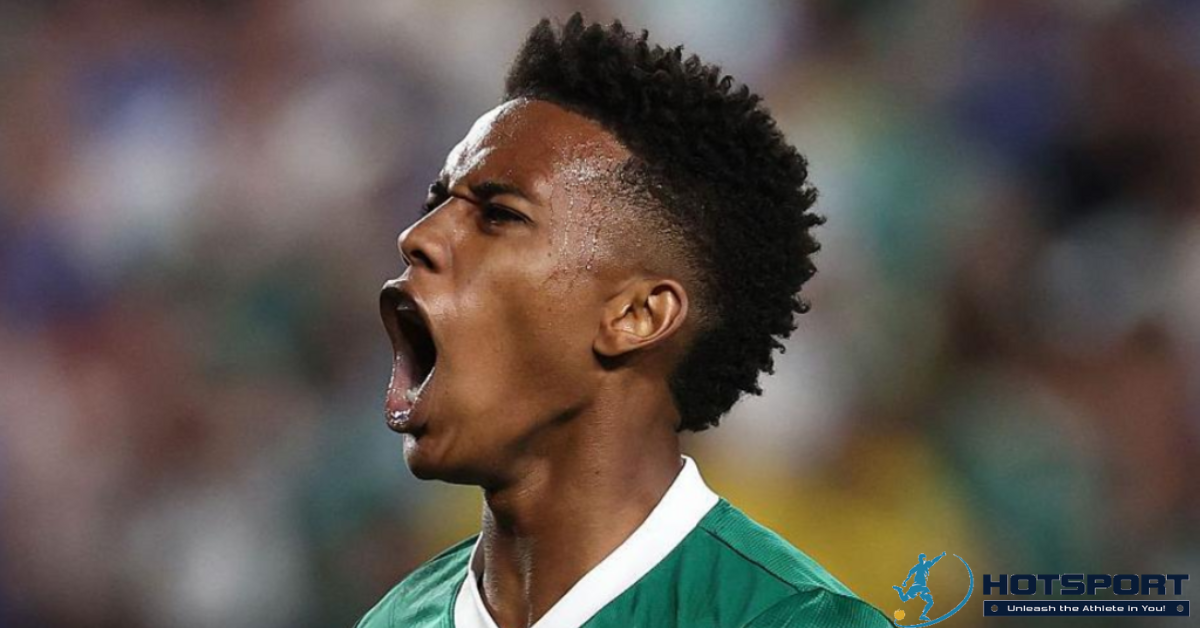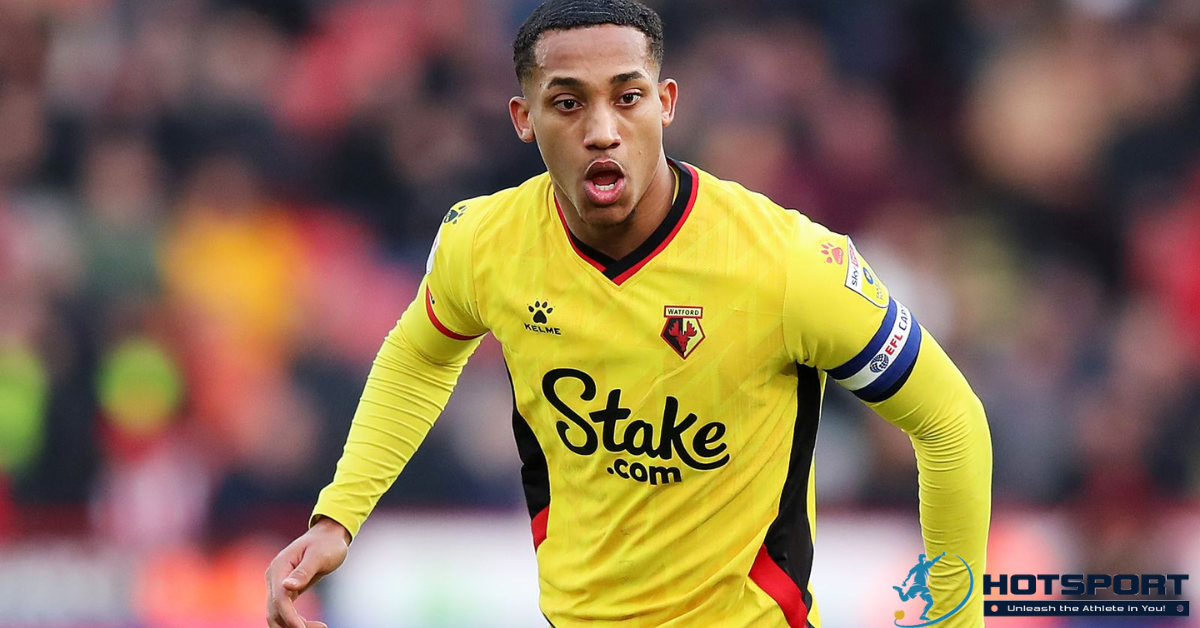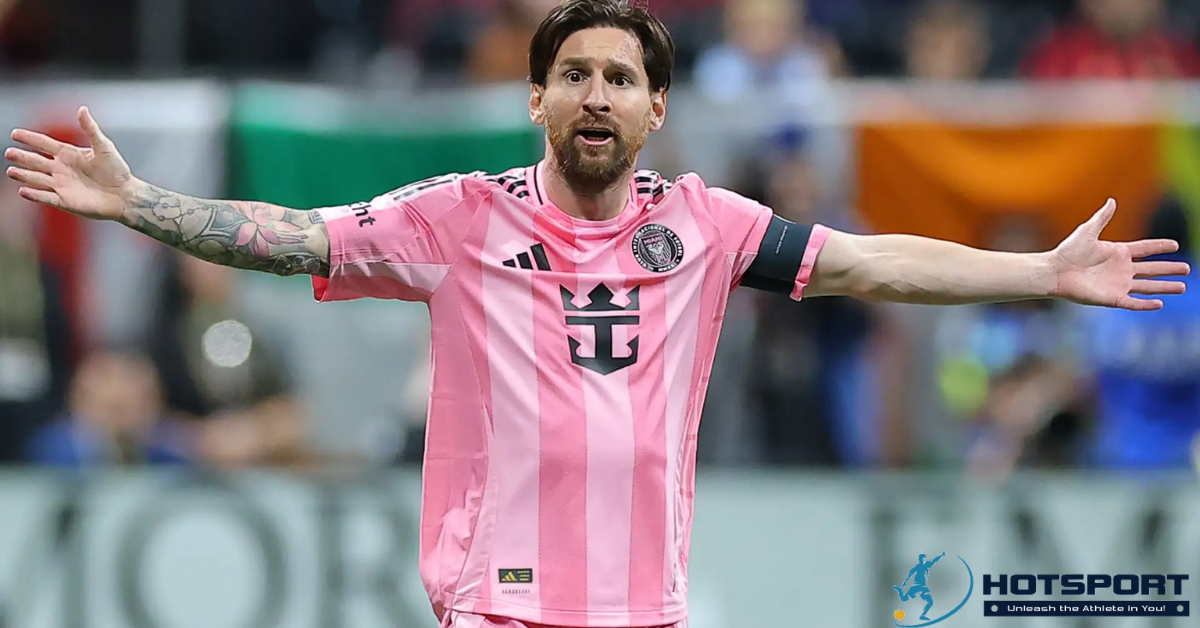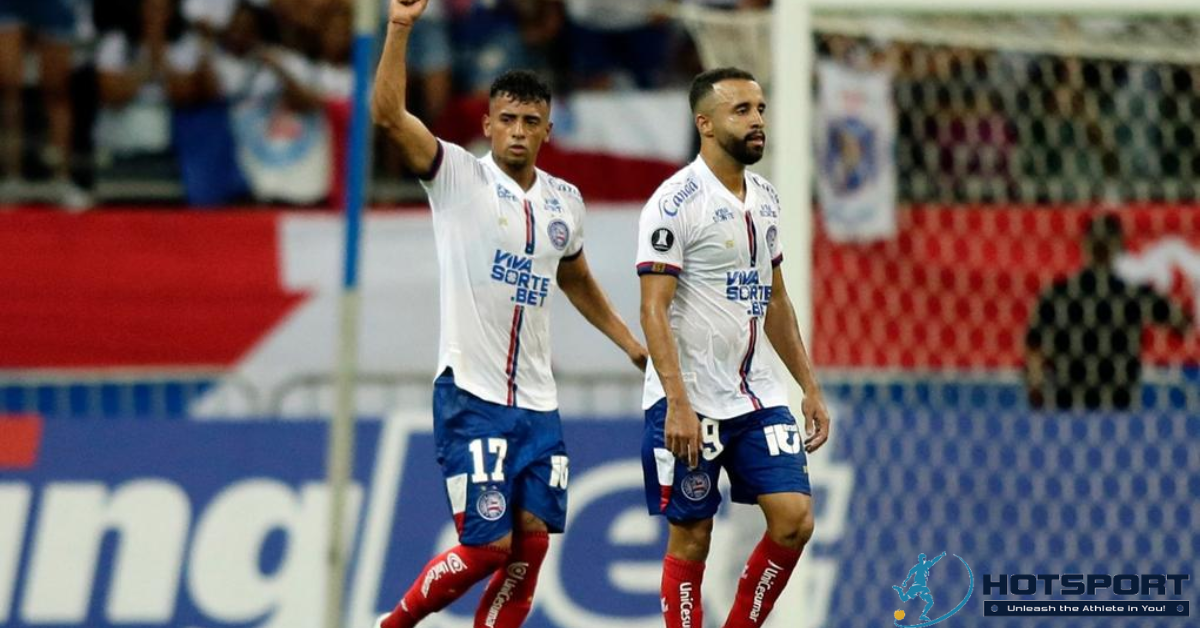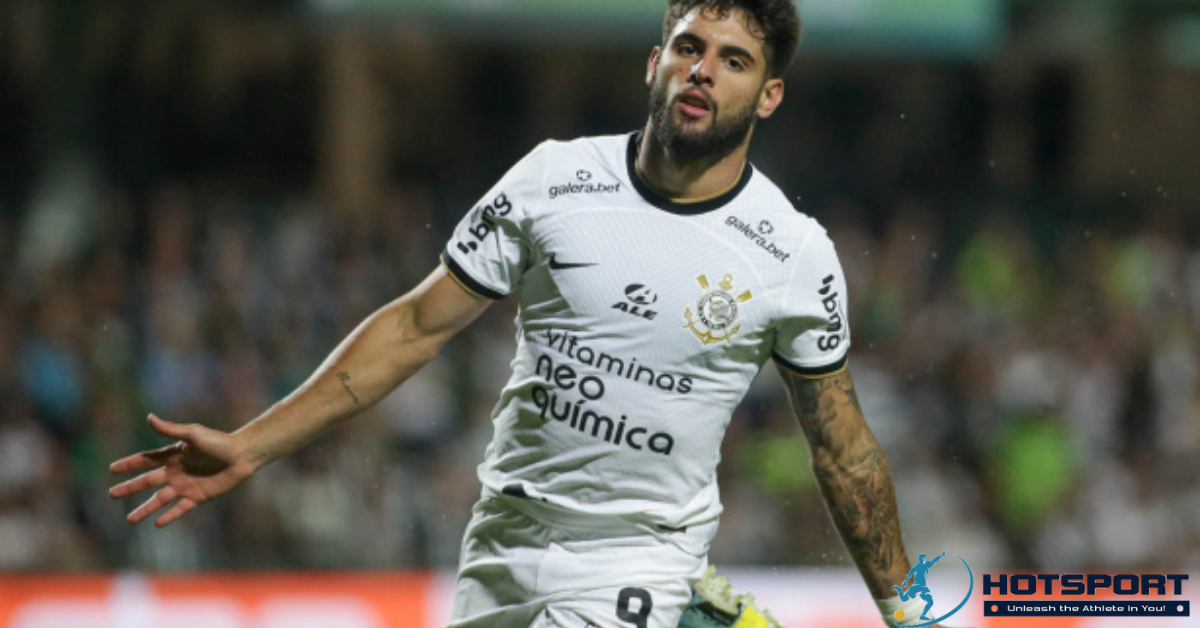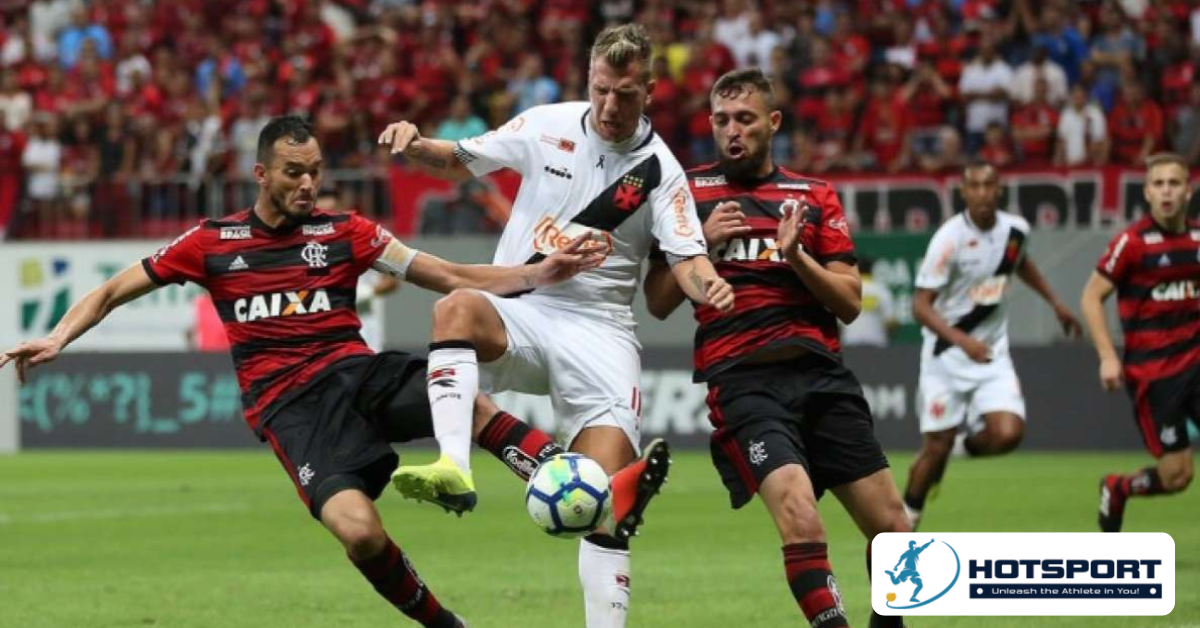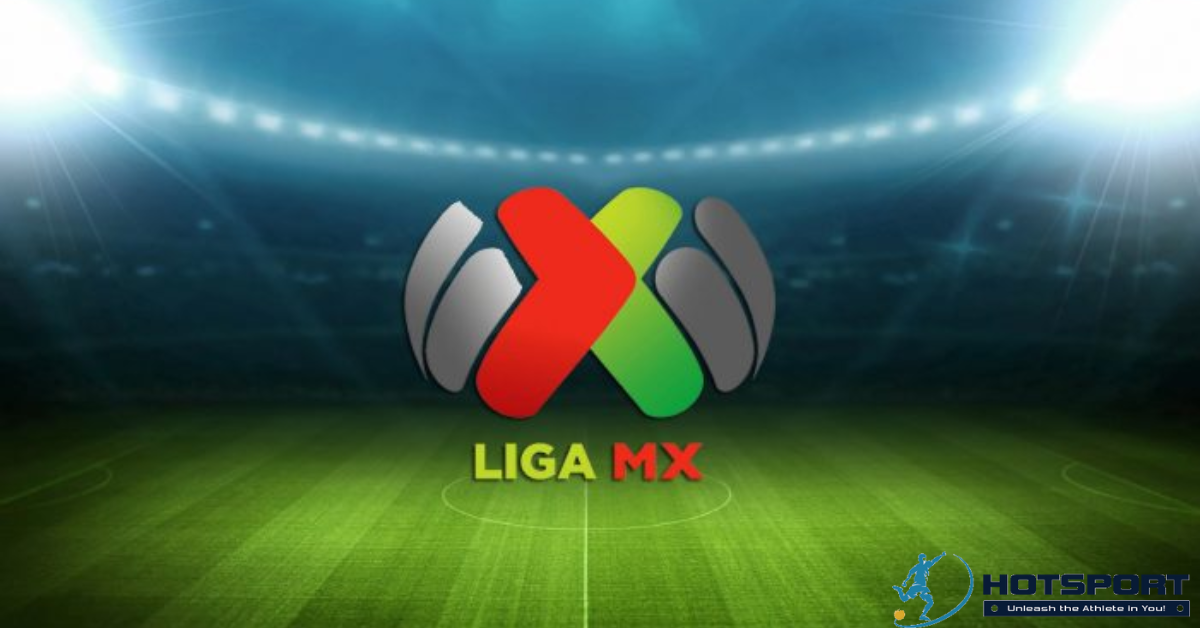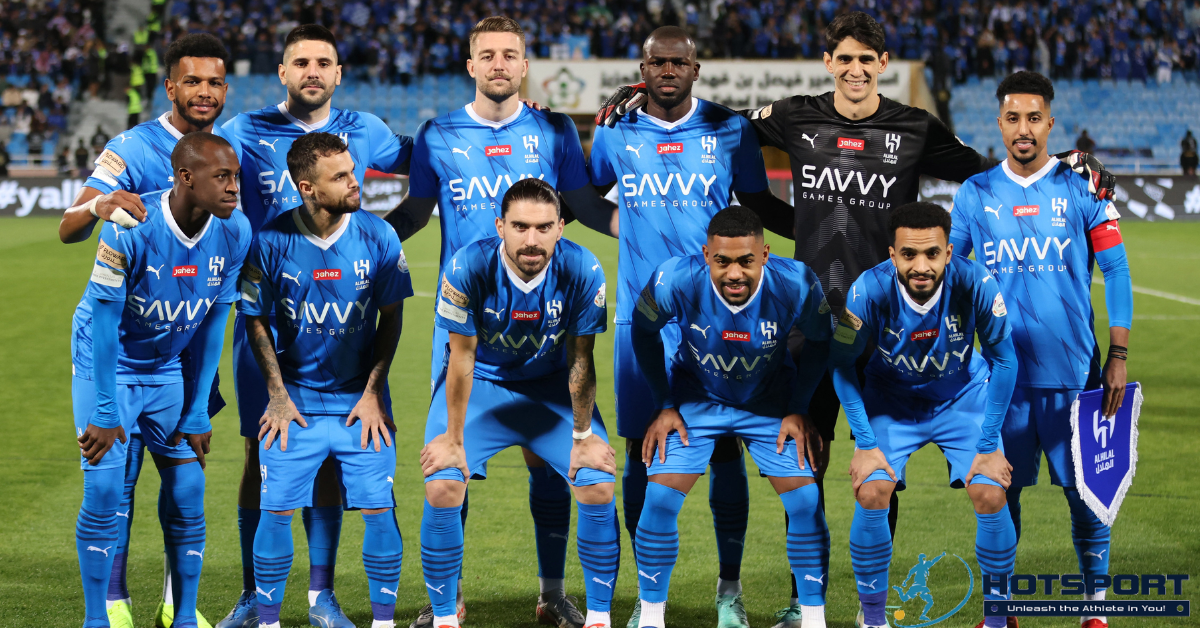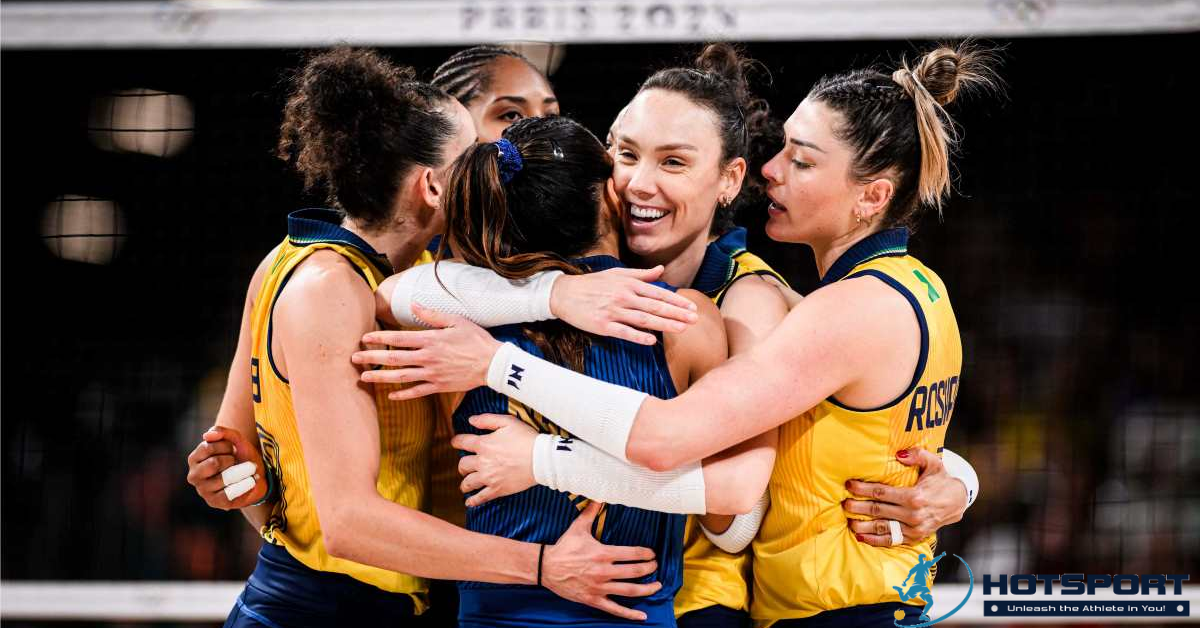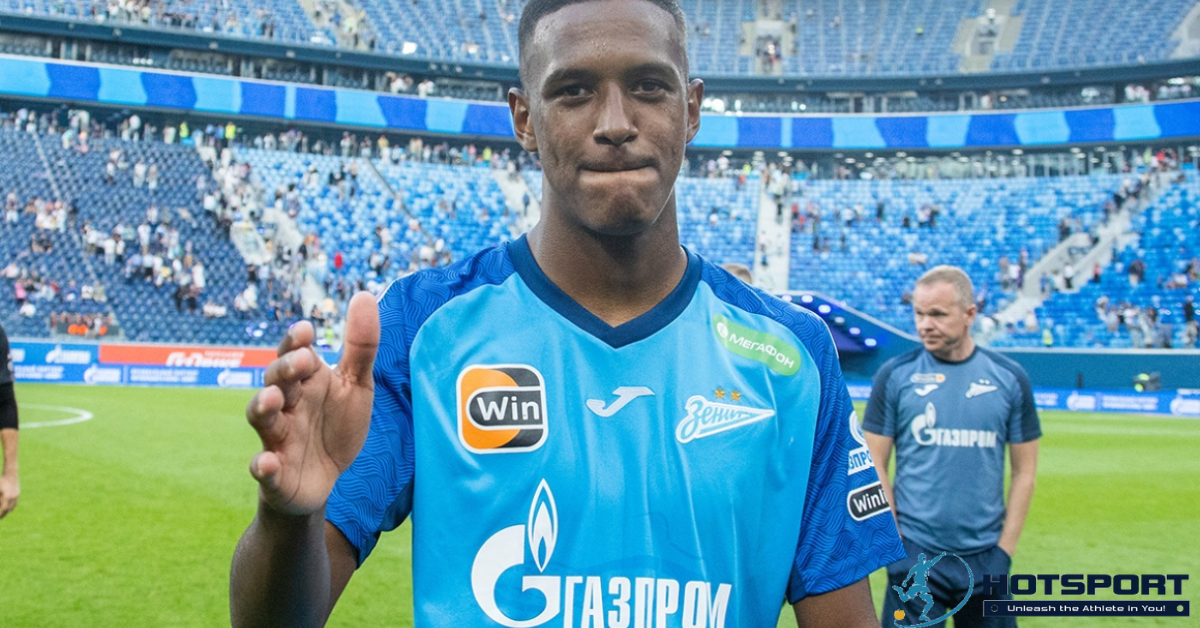John Kennedy: The Promise of Brazilian Football
John Kennedy Batista de Souza, known simply as John Kennedy, is one of the most promising young talents in Brazilian football. Born on May 18, 2002, in Itaúna, Minas Gerais, the 23-year-old striker has gained national and international recognition for his skill, speed, and goal-scoring instinct. Currently, he plays as a center-forward for Pachuca in Mexico, on loan from Fluminense, the club where he was developed and rose to prominence. This article explores John Kennedy’s journey, achievements, and impact on football, highlighting his meteoric rise and potential to become a sporting icon.
Early Beginnings: Roots in Itaúna
John Kennedy was born in Itaúna, a small city in Minas Gerais known for its football passion. From a young age, he displayed remarkable talent on local pitches, catching the eye of scouts. At 14, in 2016, he joined Fluminense’s youth academy after playing for Serrano-RJ, a smaller Rio de Janeiro club. This move to Rio marked the start of a journey that would transform the young Mineiro into a rising star.
The Xerém Academy
At Fluminense, Kennedy trained at the renowned Xerém academy, famous for producing talents like Marcelo, Thiago Silva, and Richarlison. His dedication and skill quickly set him apart. Known for his speed, quick dribbles, and precise finishing, he became a key player in the club’s youth teams. His ability to score in crucial moments earned him the nickname “Flamengo’s nemesis” for his performances against their rivals, particularly Flamengo.
Contract Renewal and Expectations
On September 29, 2020, at just 18 years old, John Kennedy renewed his contract with Fluminense until 2024, signaling the club’s faith in his potential. The renewal sparked high expectations, with fans and analysts predicting he would be Brazil’s next big revelation. Fluminense saw him not only as a talented player but also as a symbol of their strong youth development program.
Professional Debut: Instant Impact
John Kennedy made his senior debut for Fluminense on January 20, 2021, against Coritiba in the Brazilian Série A. Coming off the bench at halftime, he needed just 13 minutes to score his first professional goal in a 3-3 draw. The precise finish after an individual play showcased what Xerém already knew: John Kennedy was special.
Goals Against Flamengo: The “Nemesis” in Action
On October 23, 2021, Kennedy cemented his reputation as “Flamengo’s nemesis” by scoring twice in a 3-1 Fluminense victory over their rivals at the Maracanã. The goals, celebrated passionately by the Tricolor fans, highlighted his ability to shine in big matches. “Let it happen again,” he said post-match in an interview with ge, reflecting his confidence and ambition.
Challenges and Resilience
Despite his promising start, Kennedy faced challenges typical of a young player at a major club. Minor injuries and the pressure of being a highly touted prospect tested his resilience. Additionally, competition for a starting spot was fierce, with more experienced players often preferred. However, with the support of the coaching staff and his own determination, he overcame these hurdles, staying focused on his development.
Moment of Glory: Copa Libertadores 2023
The pinnacle of John Kennedy’s career thus far came on November 4, 2023, in the Copa Libertadores final against Boca Juniors. In a tense match that ended 1-1 after regular time, Kennedy came off the bench in extra time and scored the decisive goal, securing a 2-1 victory and Fluminense’s first-ever Libertadores title. His powerful long-range strike was a moment of ecstasy for Tricolor fans and a defining milestone in his career.
Impact of the Title
The Libertadores final goal turned John Kennedy into an instant hero. Brazilian media praised his courage and skill, with headlines like “John Kennedy leads Fluminense to glory” (UOL Esporte) and “The boy from Itaúna who conquered the Americas” (Jornal S’Passo). The achievement also raised his profile internationally, drawing interest from European and Mexican clubs.
Impact on Fluminense
The Libertadores title was not just a personal triumph for Kennedy but a landmark for Fluminense. The club, which had long chased the continental trophy, saw Kennedy as the embodiment of their youth-focused philosophy. His story inspired other academy players, reinforcing Xerém’s reputation as a talent factory.
Move to Pachuca: A New Challenge
On January 6, 2025, John Kennedy was loaned to Pachuca in Mexico for one year, with his Fluminense contract valid until December 2026. Announced on Fluminense’s official website, the move was seen as an opportunity for him to gain international experience and adapt to a new style of play. At Pachuca, Kennedy arrived with the mission of bolstering the team’s attack as they aimed to regain their offensive strength in the Clausura 2025.
Adapting to Mexican Football
Mexican football is known for its intensity and competitiveness, and Kennedy brought his characteristic energy to Pachuca. His speed, physicality, and goal-scoring instinct have already shone through in his early matches. At 1.73m tall, his dynamic style allows him to play as a center-forward or in wider attacking roles, offering versatility to the team.
Expectations in Mexico
Kennedy’s arrival at Pachuca generated significant excitement among Mexican fans. Footboom highlighted his role in the Libertadores triumph, describing him as “one of South America’s most promising talents.” With regular playing time, he has the potential to become a central figure in Pachuca’s attack, increasing his visibility in the global market.
Playing Style and Attributes
John Kennedy is known for his blend of speed, technique, and goal-scoring instinct. His playing style is characterized by:
- Speed and Explosiveness: His ability to accelerate quickly makes him a constant threat on counterattacks.
- Finishing: Kennedy has a sharp goal-scoring instinct, with precise shots and the ability to score in challenging situations.
- Versatility: While a natural center-forward, he can play as a second striker or on the wings, adapting to tactical needs.
- Mentality: His ability to shine in high-stakes matches, like the Libertadores final, showcases a strong mindset for crucial moments.
Comparisons to Other Players
Analysts often compare Kennedy to Brazilian strikers like Romário, for his finishing ability, and Gabriel Jesus, for his versatility and intensity. However, Kennedy’s unique blend of physicality and agility sets him apart as a distinctive talent.
Cultural Impact and Inspiration
John Kennedy is more than a footballer; he is a symbol of hope for young athletes from small towns like Itaúna. His journey from local pitches to the Libertadores stage inspires the next generation. At Fluminense, he embodies the club’s “Nense de Coração” motto, representing the passion and grit of Tricolor fans.
Connection with the Fans
Kennedy’s relationship with Fluminense’s fanbase is special. His goals against Flamengo and in the Libertadores final created an emotional bond with supporters, who see him as a future idol. His infectious energy on the pitch and humility off it have made him a fan favorite.
Future Prospects
At 23, John Kennedy is just beginning his career. His stint at Pachuca offers a chance to gain international experience and attract European clubs. With a contract with Fluminense until 2026, his future is bright, and he could become one of Brazil’s leading strikers in the coming decade.
Potential National Team Call-Up
While Kennedy has yet to earn a senior call-up for Brazil, he has represented the country at youth levels. His performances in the Libertadores and at Pachuca could pave the way for a senior team call-up, especially with Brazil’s national team undergoing a renewal under new management.
Challenges to Overcome
To reach the top, Kennedy will need to maintain consistency and avoid injuries. Adapting to Mexican football and handling the pressure of performing in a new environment will test his maturity. Additionally, he will face competition from other South American talents vying for European opportunities.
Conclusion
John Kennedy Batista de Souza is more than a young talent; he is a testament to the potential of Brazilian football. His journey, marked by decisive goals, resilience, and a historic Libertadores title, positions him as one of the sport’s brightest prospects. At Pachuca, he has the opportunity to expand his horizons and showcase his ability on an international stage. With dedication, humility, and talent, John Kennedy has all the makings to become a global football star in the years ahead.

